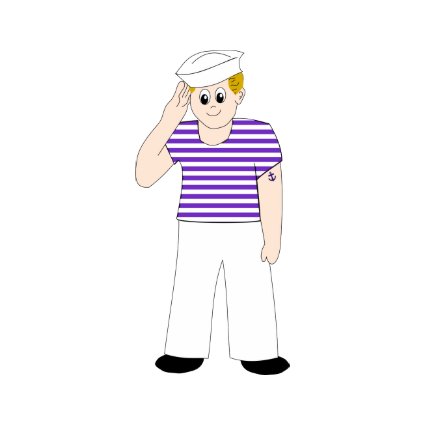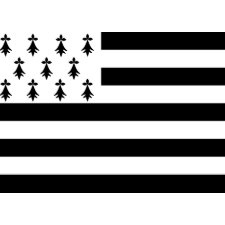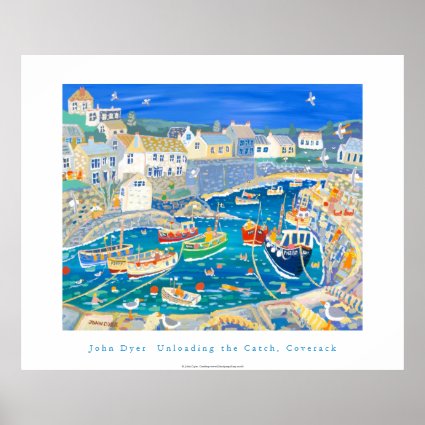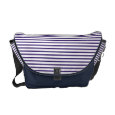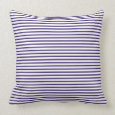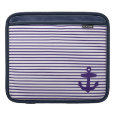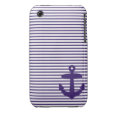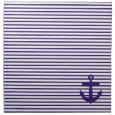When you think “sailors” you may picture men in Cracker Jack style Dixie cup hats and Popeye-esque anchor tattoos, or you may picture men in navy and white horizontal “sailor stripe” shirts. Have you ever wondered why nautical fashion involves the famous sailor stripes?
Why sailors wear stripes:
It was the French navy that is thought to have been the first to utilise the sailor stripe pattern for its sailors in 1858, and its function was purely practical: If a sailor fell overboard the bright, distinctive striped pattern acted like a modern-day neon jacket which could easily be spotted amidst the waves. Later, many French fishermen also adopted these “marinière” striped shirts for similar reasons.
The sailor stripes are particularly associated with the coastal French region of Brittany, from where it is thought that the sailor stripe originated and from whose port many stripe-shirted sailors set off to sea. For this reason the pattern is also known as the “Breton stripe”; Bretons being the locals of Brittany. The sailor stripe pattern is so closely linked with Brittany that their flag, designed in 1923, also contains the Breton stripe pattern, although it’s in black rather than in navy blue.
Why is the color of the sailor stripes blue and white?
If being spotted at sea was the general idea, lots of colors could have been used to do that job: red, yellow, bright green.. so why were the colors blue and white chosen?
One theory is that the navy blue symbolises the color of the sea and also of the skies, whilst the white may symbolise either the point at which the sea and the sky meet at the horizon, or it may symbolise the white frothy surf of the waves.
Is there meant to be a certain number of stripes in a sailor stripe shirt?
Some sources say that originally the French navy’s Breton stripe shirts had exactly 21 stripes; symbolising 21 of Napoleon’s victories.
These days, aesthetics is the main thing that determines the number of stripes.
How the Breton stripe sailor fashion became a fashion staple in the landlubber world
You may have noticed that in our day and age you don’t have to be a sailor nor a Frenchman to don the Breton stripe. In fact famous people ranging from Kate Moss to Andy Warhol and even Picasso have all been photographed wearing the Breton stripe. How did a sailor shirt enter the non-nautical fashion world?
It is said that the force behind the emergence of the Breton stripe in the world of fashion was one influential French lady: Coco Chanel.
It is believed that when fashion designer, Coco Chanel, travelled to the coast some time in the early 1900s, she noticed the distinctive pattern on the sailors’ shirts and was taken with it. Inspired, she began incorporating the stripes into her own designs, wearing the Breton stripe herself. With her backing, the design quickly caught on in the fashion world, making the Breton stripe shirt a popular choice amongst celebrities, fashion-lovers in France, and later, throughout the world.
Despite many a landlubber adopting this sailor stripe pattern, its connection with the sea is often retained, because to this day fashionistas frequently don the design in summery beach weather, on sailing expeditions and whilst holidaying by the sea.
Related Products

